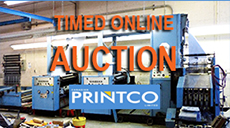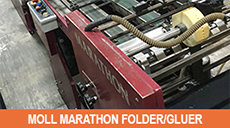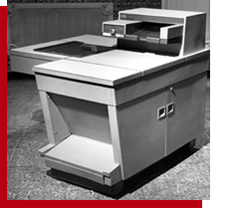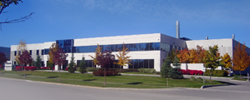
|
|
| Home › Articles › Here |
A CRISIS OF CONFIDENCE: When Everyone’s Running for the Exits - Part 2 |

|
|||||||||||||||
| By: Nick Howard | Date: November 2012 | Contact the Author |
Part 1 | Part 2 |
|||||||||||||||
Cont'd from Part 1 |
||||||||||||||||
The business strategies of printing have remained constant for decades, but clearly we are in a new era when the most innovative graphic communications technologies are destroying our industry instead of propelling it forward. This makes the question of what to invest in more difficult than ever for printers. Pundits and economists do not have unique foresight into the future of printing and they are very likely asking the same questions as printers.
This IBM misstep speaks volumes about how new processes and equipment will actually forge or sustain, through lower costs, the businesses of printing’s future. Since the initial launch of the first plain paper copier more than two trillion Xerographic copies had been made by 2004. But, even this is now yesterday’s printing news. The new high-speed machines of digital printing will eventually arrive and, when they do, create structural change in the world’s pressrooms. Drupa 2012 showcased several ideas of change through prototype inkjet and toner devices. However, this year’s unique prototype drupa likely created more confidence issues for printers, who are wise enough to see change coming even if it will take several more years to happen. This is why lithographic technology remains first and foremost as the key piece of a successful printing plant. The existing finishing and bindery sector is much different in that reductions to run lengths have stabbed legacy long run perfect binders and stitchers in the heart. There are way more machines, especially in stitching, than can be utilized. Suppliers in this sector are now developing smart equipment that can be adaptable to all run lengths and formats. The current commercial web-offset sector, just like finishing, has been bloated with older machinery for years, reliant on long-run characteristics. Nowhere is new investment in printing more critical than in the sheetfed sector. Being the largest by far, modern litho sheetfed can make a big difference. There are too many old, dumb-technology machines running throughout the world. It’s quite amazing to still find 1990 mechanization trying to keep up with today’s low waste high output offerings. A wide gulf exists between countries and regions in terms of efficiencies. If a business suffers from weak or shrinking margins or cannot keep pace with competitor’s prices then that business must recognize it can only remain stable by investing in new technologies. Modern sheetfed presses have a lot to offer as manufacturers continue to add incredible new make-ready features, that when combined with sound business practices, drive out costs. It is true that most of the key builders are still puzzled by the lack of our adaption. All features are rarely embraced in practice as they should and that leads many of you to question the rational of buying a newer offset press. For those printers who see how technology drives manufacturing, you will be the winners. 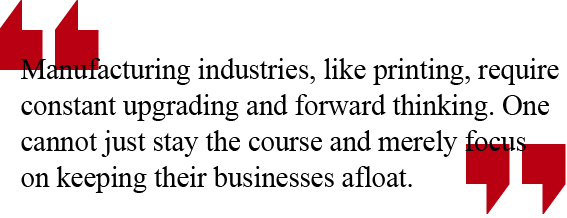 There is a bias, of course, in what anyone selling machinery may write or pontificate. Manufacturers of printing machinery do not want to raze our industry. Since the dawn of the long perfector and before that the beginnings of real automation (1990), press makers have seen a constant contraction in the numbers of presses sold. Everyone understands their axiom for why two older presses are removed for every modern press added. However, much like the reliance on green printing, this 2-for-1 argument cannot hold water in the long term, when trying to promote the relevancy of printing in modern times. Builders know full well the importance of our whole industry needing to stay current in order to stay profitable – even when it means fewer units get sold. Take the average shop owner who survives on fear and hard work, who is so busy keeping their boat afloat that they cannot find any time to find positives for the potential of printing. We all need to believe in printing again, even if it may be years before the right phrase is coined to describe such confidence. |
||||||||||||||||
Contact the Author |
||||||||||||||||
| Header image credits: Original illustration by John Tenniel Colorized and adapted for this article by Howard Direct |
||||||||||||||||
|
|||||||||||||||



